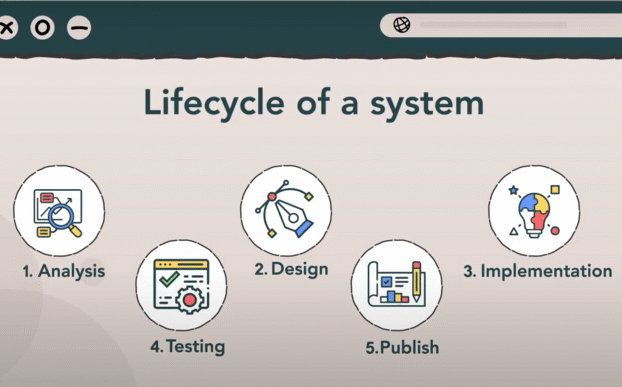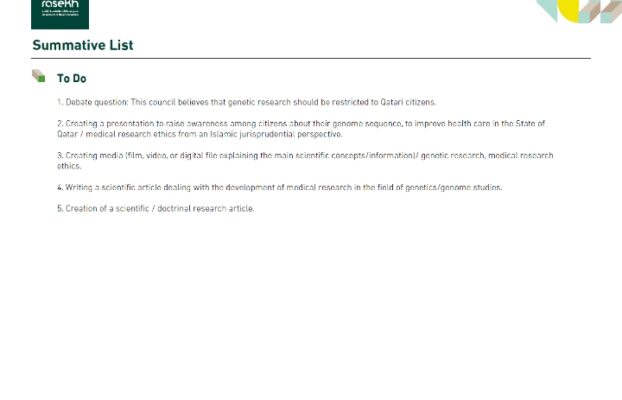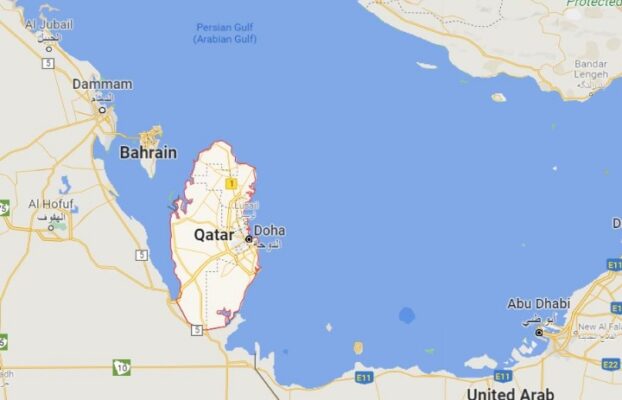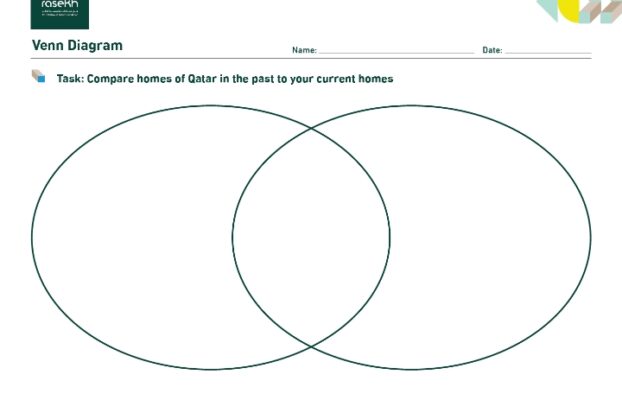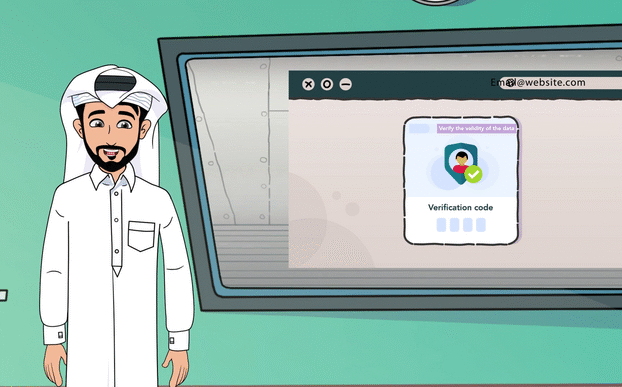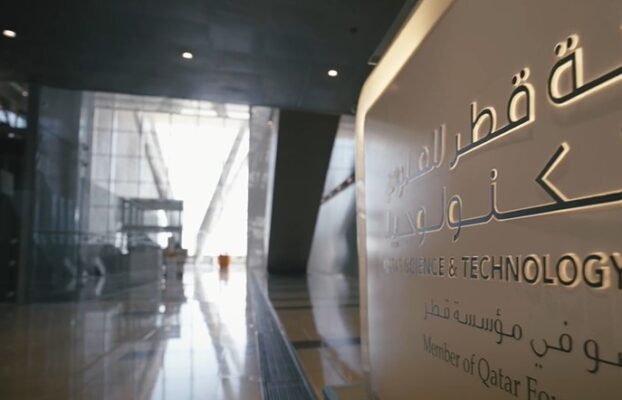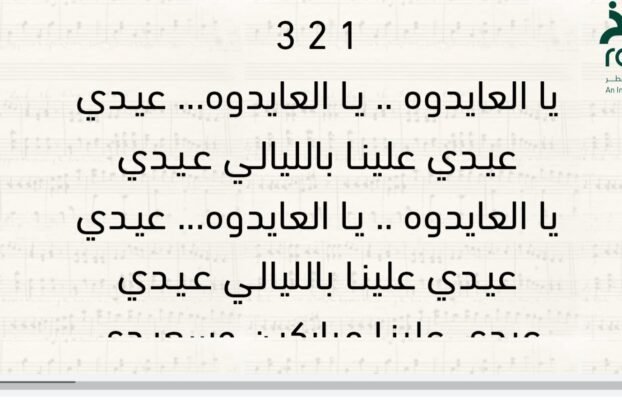Cultural Connections with Plants
Our Connection with Plants
-
Culture and Heritage
QNV 2030: Qatar National Vision 2030
-
Resource Plan
-
SDG 13: Climate Action, SDG 3: Good Health and Well-Being
-
7 - 8 years
-
Islamic Studies, Language(s), Science, Visual Arts
-
Resource ID: 15461
- Share Feedback Embed Resource
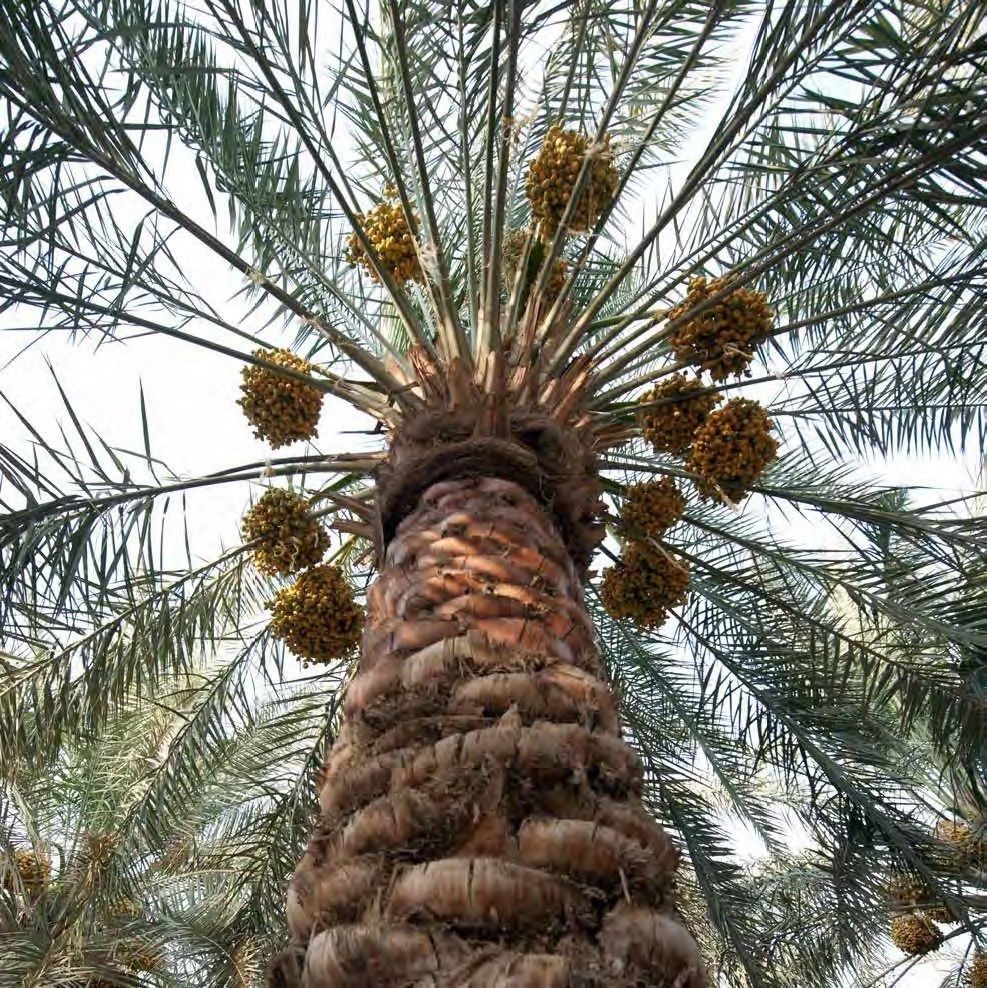
Overarching Goal(s)
- To nurture learners as global citizens who are connected to their own identity.
- To equip learners with the knowledge, skills, motivation and understanding to demonstrate the importance of Glocalization as a sustainable model for learning.
- To inspire students to act sustainably from both local and global perspectives.
Learning Outcomes
- Learners analyze and interpret the diversity of opinions, and ideas relating to glocalization within both local and global contextual and conceptual frameworks.
- Learners develop lifelong skills which support their sustainable actions.
- Learners reflect on the impact of their actions and demonstrate their understanding of the action as related to sustainability.
Possible Duration (Hours)
6-7 hours
Qatar National Vision 2030 Connection
Qatar National Vision 2030: The students will understand how the environmental development pillar applies to the Qur’anic Botanical Garden.
English: https://www.gco.gov.qa/en/about-qatar/national-vision2030/
Arabic: https://www.gco.gov.qa/ar/about-qatar/national-vision2030/
Source: Government Communications Office (2023). Qatar National Vision 2030. [online] Government Communications Office. Available at: https://www.gco.gov.qa/en/about-qatar/national-vision2030/
Sustainable Development Goals (SDGs) Connection
SDG 3: Good health and wellbeing: The lesson will have aspects of promoting benefits of plants and fruits for good health and well-being.
SDG 13: Climate action: The lesson provides an opportunity for the students to connect with raising environmental awareness in sustaining and taking care of plants.
The 17 Sustainable Development Goals, United Nations
English: https://sdgs.un.org/goals
Arabic: https://sdgs.un.org/ar/goals
Source: United Nations (2024). The 17 Sustainable Development Goals. [online] United Nations. Available at: https://sdgs.un.org/goals
Action Learning Outcomes
- Learners become more aware of their own strengths and areas for growth.
- Learners undertake challenges that develop new skills.
- Learners persevere in action.
- Learners work collaboratively with others.
- Learners consider the ethical implications of their actions.
Content
The content of the lesson tool revolves around identifying and understanding the importance of plants and the benefits of fruit while promoting good health and wellbeing; environmental awareness.
Resource Utilization and Identification: Qur’anic Botanic Garden
Subject Matter: Science investigation to find out the chemical reaction of sliced apples, languages: informational poster, Islamic connections to Islamic Studies.
Glocalization Connections: Connect the need to take care of plants, their benefits, and raise environmental awareness.
Differentiation: Mixed ability.
Critical Thinking: Encourage students to analyze the chemical reactions in the science investigation.
Real-world Application: Discuss and explain how raising environmental awareness about the benefits of fruits and taking care of trees supports the cultural, Islamic and heritage connections in sustaining date palm trees with their peers, teachers, and family.
Strategies
The strategies employed in this lesson tool are designed to foster analyzing, critical thinking, inquiry, collaboration, and innovative engagement. They include visible thinking routines, responsive pedagogy, and problem-solving approaches to adapt to students’ needs and encourage active participation. Students apply meaningful learning experiences that connect to sustainable environmental awareness, culture, heritage, Islamic knowledge and benefits of the trees and fruits.
Responsive and Adaptive Pedagogy: Adjust the pace and level of guidance based on student responses and engagement.
Visible Thinking Routines: Implement the ‘See, Think, Wonder’ visible routine to stimulate critical thinking and discussion.
Inquiry: Encourage students to inquire about plants that they want to know more about and their connections or references with culture, Islam, and heritage.
Collaboration: Facilitate a class discussion forum where students can share and compare their perceptions, promoting collaboration and the exchange of diverse perspectives.
Assessment for and as Learning: Use formative assessments from their responses, science investigation, and posters.
Problem-Solving: Ask students to take beneficial measures to care for plants, and their sustainability around their school, community and nation.
Learning Experiences
Learning Engagement 1: Understanding the importance of plants.
Learning Objective: To understand the importance of plants.
Introduction and context setting
Students will use the ‘See, Think, Wonder ’ visible routine and record the responses in their notebooks. This visible routine helps students to draw connections between new ideas and prior knowledge.
See – What tree is this?
What is growing on the trees?
Think – How do trees grow?
Is a tree a plant?
How do you think fruits grow on the trees? What do plants need to grow? Is the fruit safe for humans to eat?
Wonder – What are you thinking or want to know about this tree or what is growing on the tree?
Do you think this type of tree grows in every country around the world?
Resource 1: See, Think, Wonder Activity
Activity
Instructions for teachers
The teacher will explain to the students that they will be looking at two different images in small groups of four, and will make their observations by looking at each image separately, and discussing their responses with their group. The teacher will ask or write the visible thinking questions on the whiteboard for students to refer to as they look at each image. The teacher will read the questions with the students to start thinking about the questions before the images are provided to them. The teacher will provide the first image to each group for the students to make their observations, discussions, and notes. They should be encouraged to write key words, phrases, and illustrations to express their thoughts on the image sheet.
After several minutes, the teacher will provide the second image and the students will repeat their discussions and thoughts on this image. The teacher will visit groups to facilitate discussions.
Reflection
The teacher will facilitate a class discussion to share the students’ perceptions and wonderings about their observations from the images. The teacher and students will create a classroom board to post and display responses.
Learning Engagement 2: Investigation of the chemical reaction on fruit.
Learning Objective: To carry out a science experiment to find out the chemical reaction on fruit.
Activity
The teacher will prepare a science inquiry activity for the students to investigate in pairs or small groups:
Investigation:
To find out the chemical reaction of sliced apples when soaked in lemon juice and not soaked in any liquid.
Hypothesis:
The students will write what they think will happen.
Materials:
Two zip bags, a clean chopping board, an apple, apple slicer (the teacher, and assistant to help with cutting the apples safely), measuring spoon, lemon juice.
Method
You will need two zip bags, one to test what happens to the apple with the liquid (lemon juice) and one without the liquid.
Write the name of the liquid you will test on the bag with your name(s). And on the second one without the liquid write your name.
Pour five teaspoons of lemon juice inside the zip bag labeled lemon juice, and the other zip bag empty.
Place two sliced apples in each bag and zip the bag. Make sure the apple is coated in the lemon juice zip bag well. Let the apples soak for two to three minutes in the lemon juice zip bag and pour any excess liquid out of the bag. Then zip the bag and leave for 10-15 minutes.
Results
Then the students will down and illustrate their observations. The students might want to take photo recordings using an iPad.
Conclusion
The students will then use words, phrases, and sentences to explain their results.
Student friendly questions:
Which apples turned brown?
Which apples still look fresh?
Why do you think this happened?
What is around us?
What might have caused this to happen?
What is reacting with the fruit for this to happen?
Scientific explanation:
Apples are exposed and react with the oxygen in the air when cut or sliced. This causes the apples to turn brown. Adding lemon juice that is acidic will help keep apples fresh without changing the taste too much. This is because the acid in the lemon juice reacts with the oxygen before the oxygen can react with the apple. This chemical reaction is called oxidation.
Reflection
The students will reflect in the reflection journals on the scientific chemical reaction that caused the apples to turn brown and how the reaction of adding the lemon juice.
Learning Engagement 3: Benefits of the dates and cultural connections.
Learning Objective: To discover the benefits of the date and cultural connections.
Activity 1: Date palm tree – Think, Pair, Share Activity
The teacher will display the date palm tree on the whiteboard from the following resource 2: Qur’anic Botanic Garden link page: https://qbg.org.qa/plants/date-palm-tree/ and ask students to work in pairs to share to think about the following questions, and share their thoughts with their partner about the date palm tree displayed. The link can be provided to the students to take turns to read the information about the date palm tree as they work in the Think, pair, and share activity.
Think, pair, share visible routine activity
Student friendly questions:
Think: How tall do you think the date palm tree is? Do you think that the leaves fall from the tree? In what countries do you think the date palm trees grow?
Pair: Read the information next to the date palm tree taking turns to understand and read through the information. Anything the student is unsure about they can write it as a puzzle or question to share as a class after the activity.
Share: Share your responses to the questions, taking turns to speak and listen to each other.
Activity 2: Benefits and Islamic, cultural links of Dates
The teacher will provide the students with a small box of dates and will explain to the students that they will look at the ingredients and list them in their notebook per 100g, or iPad/classroom digital folder. The students will make sure their hands are washed, and they will then be provided the opportunity to take one date each to observe the appearance, feel, and smell of the date.
They will be allowed to taste the date. Note for the teacher: to be checked prior to activity and be mindful towards any students who might have any medical conditions and provide them with an alternative suitable healthy small snack. They can record from the others what the taste of the date tastes like in their notebooks/digital folder.
Then the students will be provided with the following questions. They will discuss in their small groups and one leader as the ‘recorder or writer’ in the group will note down the group’s responses.
Student friendly questions
When and where have you seen this fruit before?
What cultural connections does the date palm tree have?
Are they eaten all year around or specific times of the year? Explain your answer.
Do you think that a date palm tree can grow in any country? Explain your answer.
What if a date palm tree cannot grow in a particular country because of environmental and climate conditions, how would they be able to benefit from eating the fruit?
What do dates provide?
During Ramadan, when Muslims break their fast at sunset a date might be eaten. How is this beneficial to them? What does it provide?
In what other ways can dates be eaten or provided as a drink?
Challenge question:
According to Islamic and cultural etiquettes, why do you think a parent(s) might rub a softened date on the baby’s palate after the first, second or third week? What is this Islamic ceremony called?
Teacher reference:
Taḥnīk (تَحْنِيكِ) is an Islamic ceremony of rubbing the palate of a newborn baby with honey, sweet juice or pressed dates. This is provided as a beneficial nutrient to the baby.
Action
The students will create an informative creative poster either individually or in pairs to demonstrate the benefits of the dates based on what they learned and provide a solution on how to raise an environmental awareness about the sustainability of date palm trees in Qatar.
Checking for Understanding
Learning Engagement 1: Understand the importance of plants.
Activity
Check the students’ responses on their understanding of the plants in their visible thinking routine activity.
Learning Engagement 2: Benefits of the dates and cultural connections.
Check the responses from the Think, Pair, Share activity, and posters.
Differentiation
Mixed ability.
Key Vocabulary
benefits, culture, environmental awareness, fruit, growth, habitat, heritage, Islamic connections, oxidation, plants, preservation, senses, reaction, sustainability
Resources
Resource 1: Images and prompts for the ‘See, Think, Wonder’ Activity: Resource 1: See, Think, Wonder Activity
Resource 2: Qur’anic Botanic Garden
Link in English: https://qbg.org.qa/plants/date-palm-tree/
Link in Arabic: https://qbg.org.qa/plants/ar-date-palm-tree/
Resource Publisher
Qatar Foundation
Qatar Foundation (QF) is a not-for-profit organization where centers and programs focused on education, research and innovation, and community development intertwine for the benefit of Qatar and the world.

